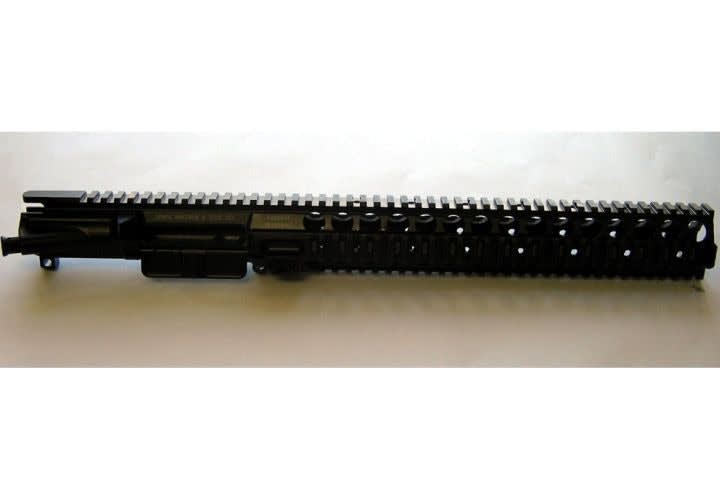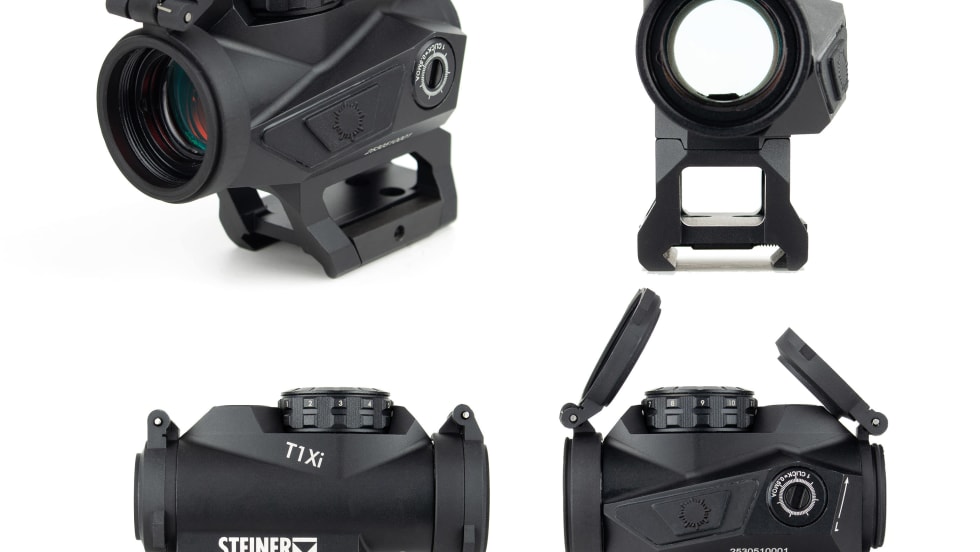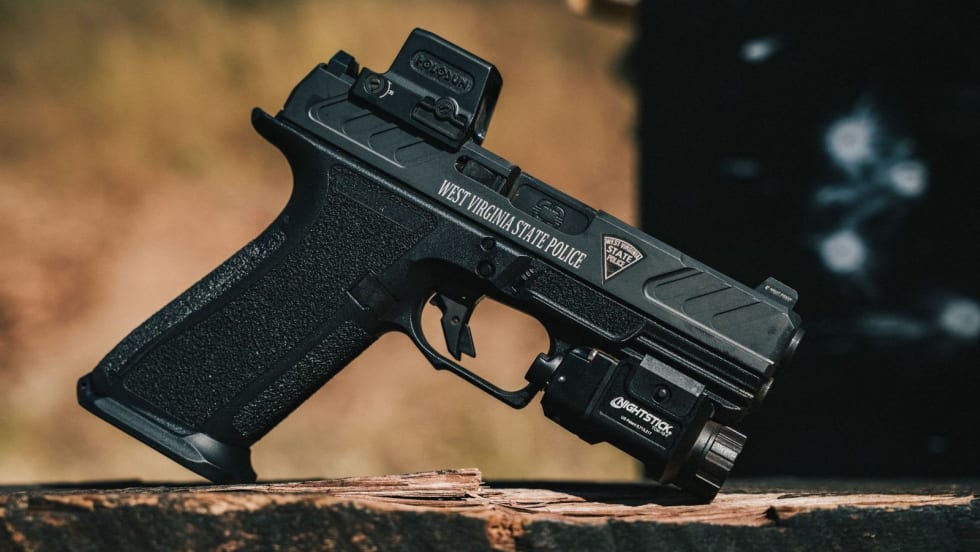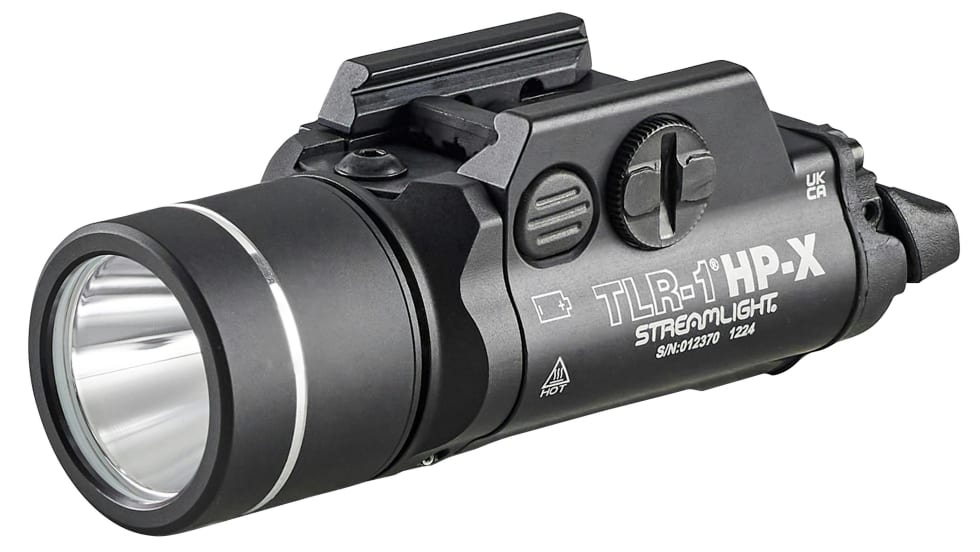Lewis Machine & Tool Co. has just introduced what may be the next evolutionary step in the ongoing development of the AR-15/M-16 family of rifles. Called the Monolithic Rail Platform (MRP), the rifle was designed to cure some ills common to this weapon system and provide some needed options. Featuring an innovative one-piece receiver/handguard system and quick barrel-change capability, the MRP is destined to find favor with SWAT officers.
According to Karl Lewis, owner of Lewis Machine & Tool (LMT), it was his ties to Special Forces that inspired him to design the MRP. These soldiers and their law enforcement counterparts needed a weapon that could stand up to serious abuse while maintaining its point-of-impact and point-of-aim. The problem in achieving this goal lies in the threads of the upper receiver.
For years we’ve been using free float handguards so point of impact will not change whether we shoot from a sandbag rest, use a bipod, or just adjust our sling tightly. But even this system is not foolproof. With sustained fire, the threads can heat up to between 400 and 500 degrees Fahrenheit. At this point, the receiver’s tensile strength changes and the tension becomes inconsistent. The substantial heating of the gun results in a change to the point-of-impact.
The usual sequence goes something like this. The operator sights his gun in and everything is fine for the first few magazines. But as repeated firing creates substantial heat, the groups start opening up and the point-of-impact changes. Perplexed, the soldier returns the rifle to the armorer for inspection. After carefully scrutinizing the now-cool rifle and finding nothing wrong, the armorer will sometimes tighten the barrel nut a little more and return the rifle. Back at the range, the process repeats itself.
Innovative Solution
Lewis’ solution to this problem was to take Eugene Stoner’s M-16 design and eliminate the receiver’s threads. Since the handguards are integral to the receiver, there’s no barrel nut — at least in the conventional sense.
Looking at the gun, you’ll see two Torx-head screws on the bottom of the upper receiver near the lower’s hinge pin. When the two receiver bolts are tightened, the circumference of the MRP tightens all the way around the barrel, leaving no gaps. The notch and bolt align the barrel perfectly and consistently, so it is completely free floating. This system eliminates the loss of zero caused by the weak connection properties of aluminum barrel retention threads. It’s interesting to note that this system also transfers less heat to the handguard area.
No special equipment is needed to install the barrel other than a T30 Torx wrench. To switch barrels, the user simply loosens the two Torx screws, removes the barrel and slides the new one in and retightens the screws. Lewis’s system is well thought out.
My concern was twofold before I examined the rifle. Would the barrel index consistently and return to the same point-of-aim? Is it possible for the headspace to change? Lewis machines a groove in the bottom of the barrel extension, which the forward screw engages, and this indexes the barrel once tightened. There’s a headspace collar that’s affixed to the barrel that ensures consistency and also supports the gas tube. In fact, it’s virtually impossible to assemble the barrel to the receiver in a way that will provide inconsistent headspacing or indexing.
The MRP doesn’t just offer the ability to change barrel lengths quickly; it also provides a system that will allow the user to switch caliber. 5.56 x 45mm, 5.45 x 39mm, 6.8 x 43mm, and 7.62 x 39, and .204 Ruger are all supported by this system. But keep in mind that the bolt carrier needs to be changed if the casehead diameter is different.
Dwell on This










